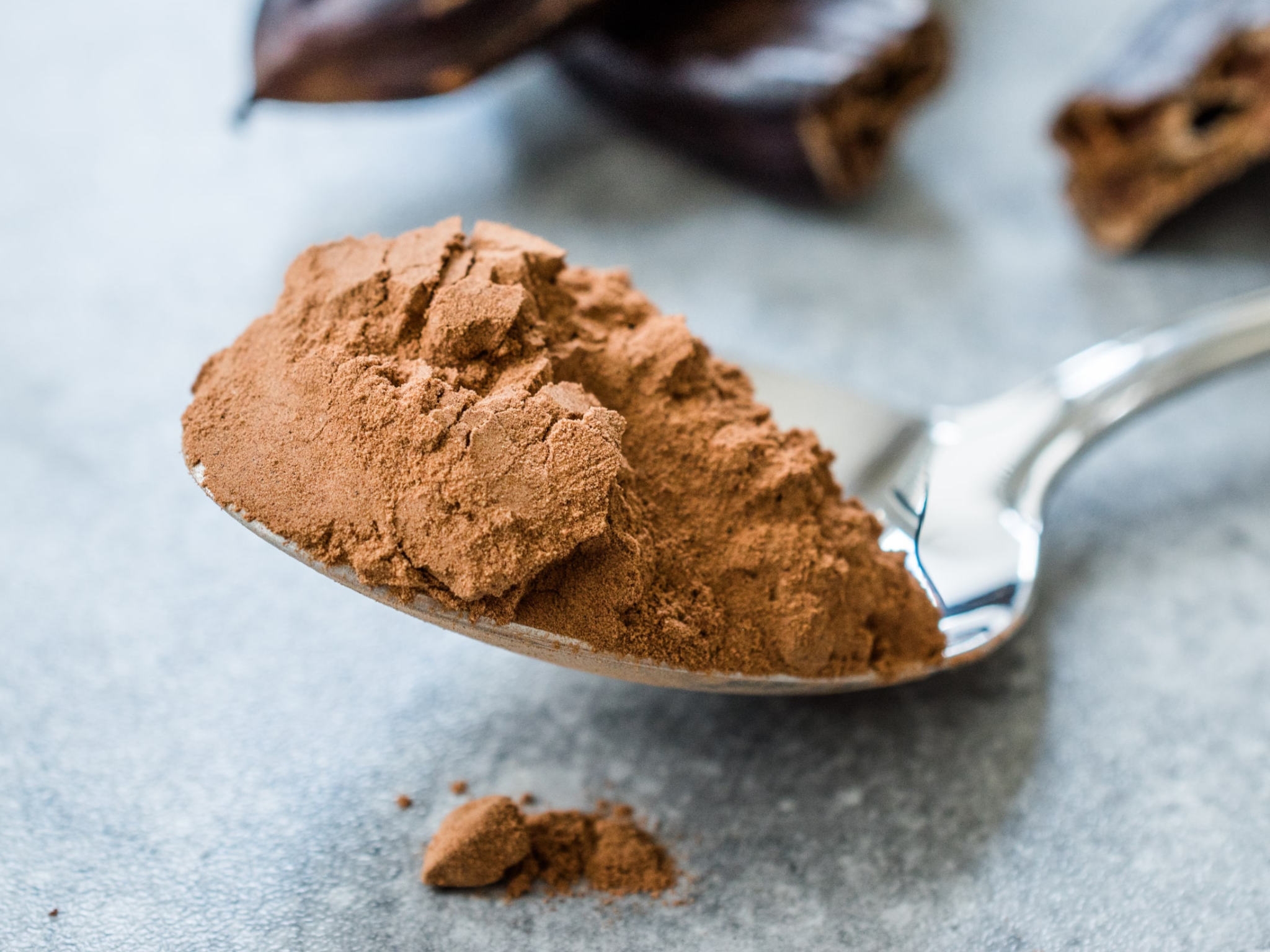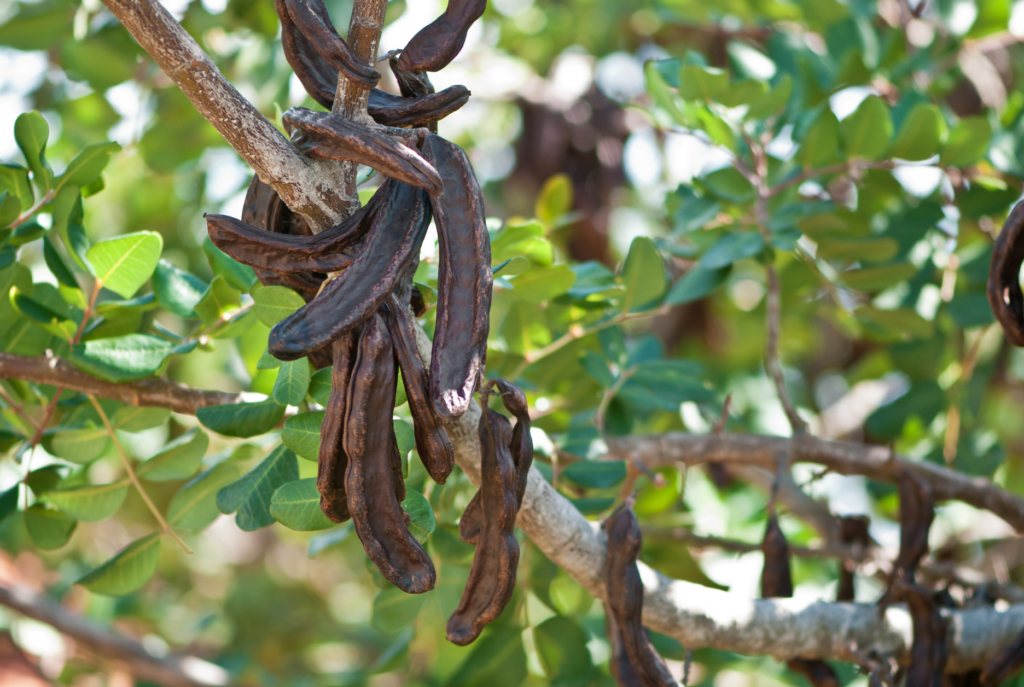
CSM Ingredients, a leading bakery industry supplier, has forayed into the cocoa-free chocolate world with a range of carob-based innovations.
It was in the 1970s, during the natural food movement, that carob gained popularity as a cocoa alternative.
Already a symbol of food security amid wars and famine, the legume was colloquially (and disparagingly) termed ‘poor man’s chocolate’ at the time, thanks to its likeness in taste to the confection. However, carob chocolate never really caught on.
Until, that is, this decade. A slew of companies has returned to this Mediterranean ingredient as a modern-day solution to the cocoa crisis, characterised by falling harvests and rising costs. The difference this time, though, is that these innovations are powered by food technologies that didn’t exist 50 years ago.
The latest to join the carob train is CSM Ingredients, a leading supplier to the bakery industry, which has been left reeling by the volatility of the cocoa market. The Nexture-owned company has introduced Nuaré, a new line of carob-based cocoa alternatives to address the sector’s cost, supply and sustainability concerns.
“We believe that innovation thrives where challenges arise. With cocoa facing increasing global constraints, our teams have responded with Nuaré, a carob-based range that delivers indulgence with purpose,” said CSM Ingredients CEO Christian Sobolta.
CSM Ingredients’s cocoa-free solutions fit into bakery and ice cream products

The company said it developed the Nuaré range to ensure high performance and versatility across multiple categories, and in both artisanal and industrial settings. Each product is designed to be integrated easily into existing processes, ensuring flexibility, scalability, and cost efficiency.
Current applications include cake coatings, which deliver a consistent shine and colour without greying or bloom and maintain a stable surface through freeze-thaw cycles, as well as ice cream coatings, which are optimised for viscosity and adhesion, ensuring a smooth, glossy finish.
Nuaré also makes carob-based cocoa innovations for dark bakery mixes (think muffins and cakes), providing warm brown hues and consistent baking performance. Plus, they can be used in pastry fillings to offer a creamy, indulgent mouthfeel.
The range can also be customised to provide bespoke solutions for clients. “More than an ingredient, Nuaré represents our commitment to creativity that empowers bakers and ice-cream makers to push boundaries; resilience in the face of supply volatility; [and] sustainability rooted in nature,” said Sobolta.
CSM Ingredients noted that the new lineup offers a plant-based ingredient system that ensures cost predictability and continuous supply, responding to calls for reliable and resilient alternatives to cocoa. It also opens up more creative possibilities, given the ingredients’ “unique optical and sensory qualities”.
Why carob continues to be a favourite for chocolate alternatives

Chocolate is a highly polluting industry, producing more greenhouse gases than every food item except beef, requiring 1,700 litres of water for a single bar, and causing widespread deforestation and food waste. And by exacerbating climate change, the sector itself is hit hard.
Global cocoa stocks have slumped to their lowest levels in a decade, and prices have reached all-time highs. Extreme weather and crop diseases have wrecked plantations in the Ivory Coast and Ghana, the two largest cocoa producers, which have already lost over 85% of their forest cover since 1960. Now, scientists say a third of cocoa trees could die out by 2050.
It’s what led Barry Callebaut (the world’s largest B2B chocolate supplier) to explore cell-based and cocoa-free chocolate, areas that Lindt, Puratos, and Mondelēz International have also invested in.
CSM Ingredients is gearing the Nuaré range towards this industry, built on the heritage of carob chocolate. Many players in the space use agricultural byproducts, or ingredients like fava beans or sunflower seeds, but carob has several advantages: it’s drought-tolerant, requires minimal agricultural inputs, boosts biodiversity, and is high in fibre, vitamins, minerals, polyphenols and antioxidants.
Once dried and ground, the carob fruit produces what the company describes as a “naturally sweet, chocolate-like powder” with mild caramel notes. It also features a range of golden, nutty and warm brown colours, which it claims are not achievable with conventional cocoa, and so presents an advantage in formulations where both taste and visual appeal play a crucial role.
It isn’t the only company offering carob-based cocoa-free solutions. Italy’s Foreverland also uses the legume as the base for its alternative, called Choruba. London-based Win-Win and Chicago’s Mez Foods, meanwhile, use carob powder as part of their formulations.
The post CSM Ingredients Unveils Carob-Based Cocoa Alternatives to Tackle Costs & Climate Crisis appeared first on Green Queen.
This post was originally published on Green Queen.